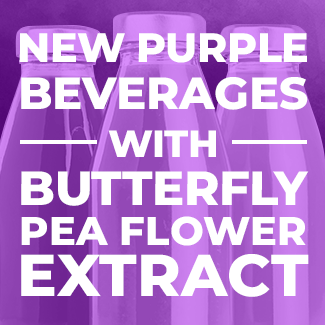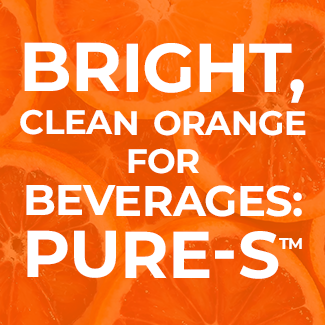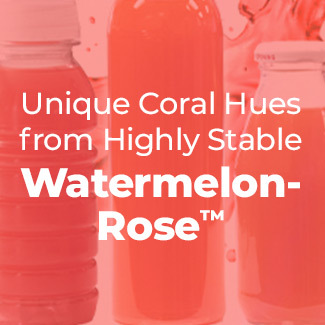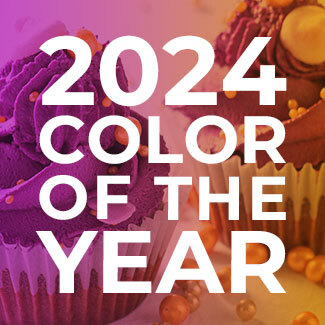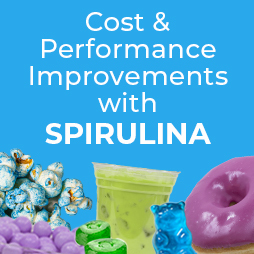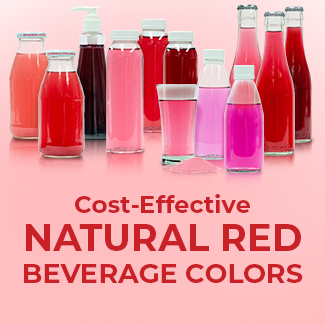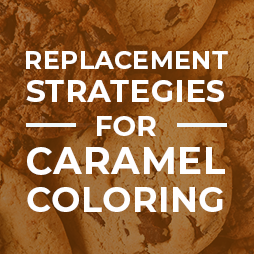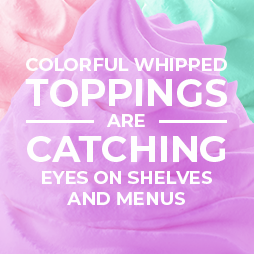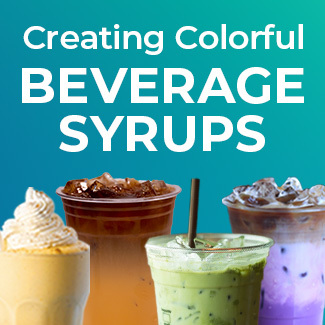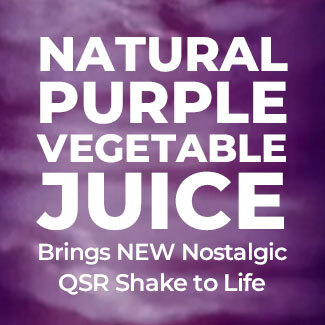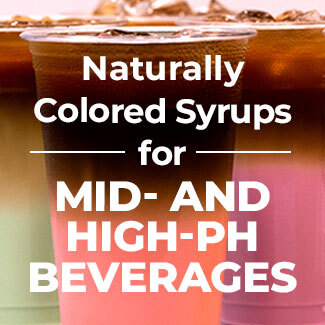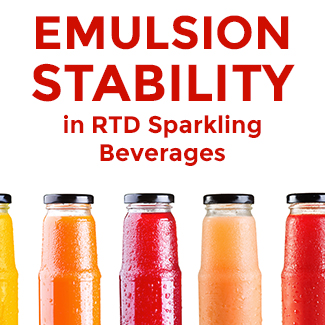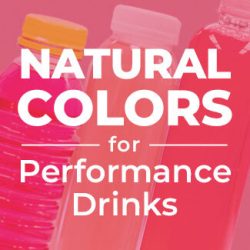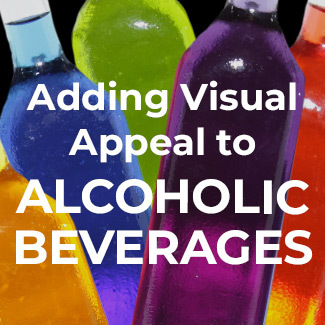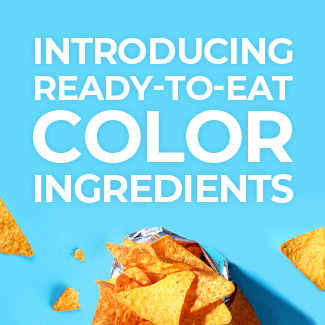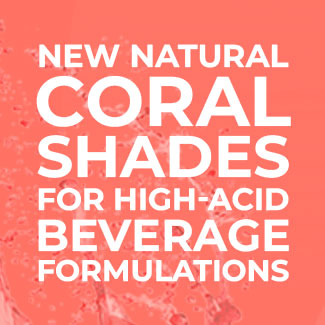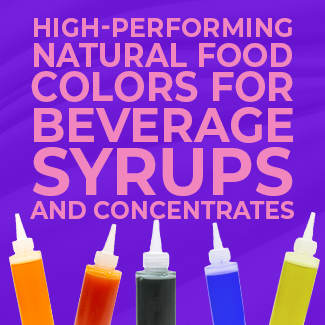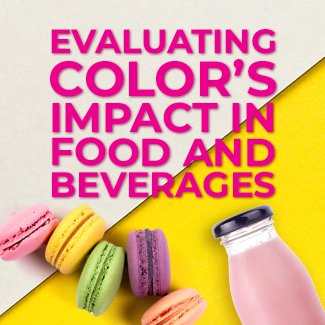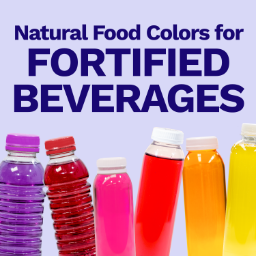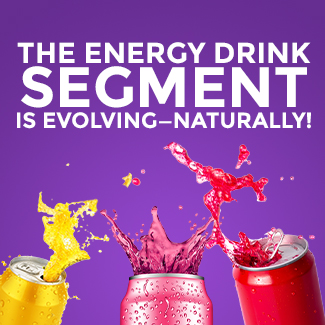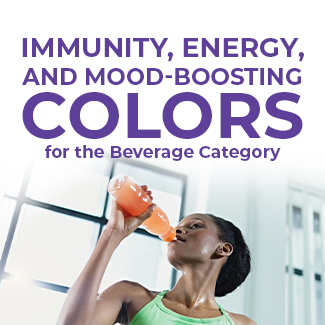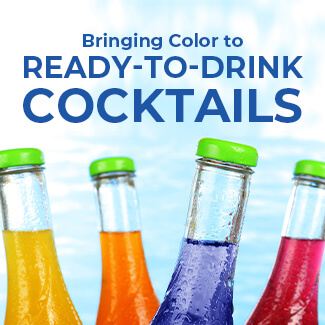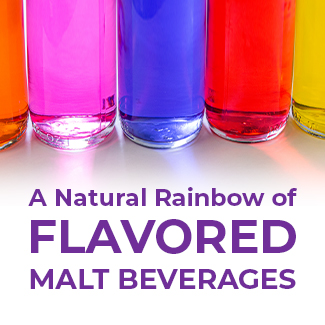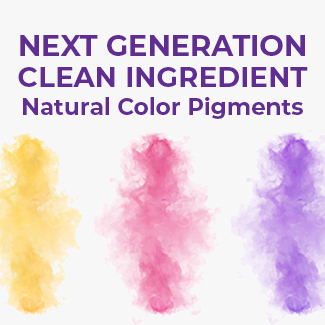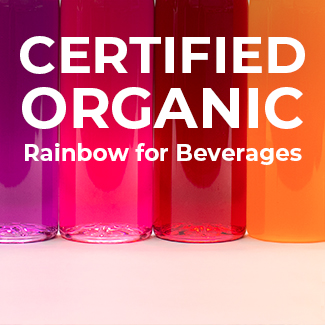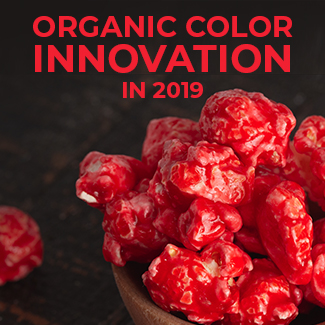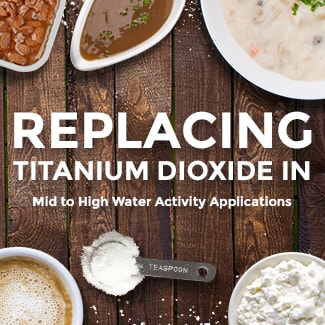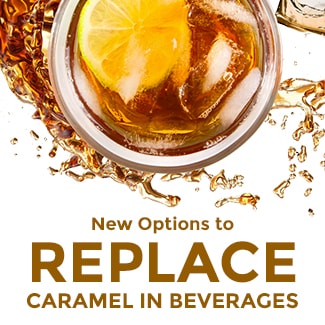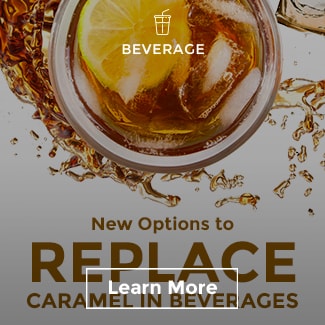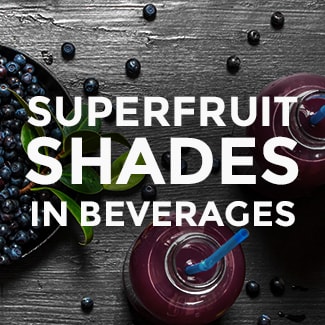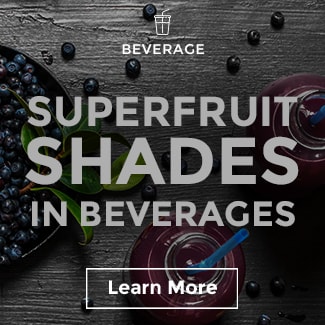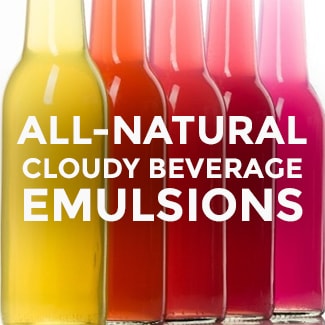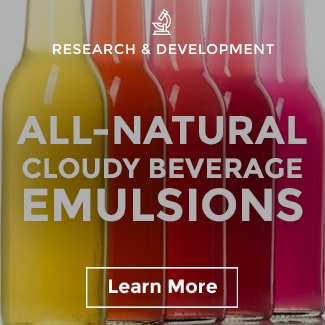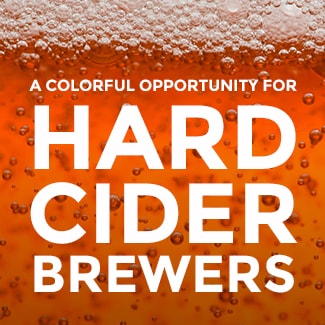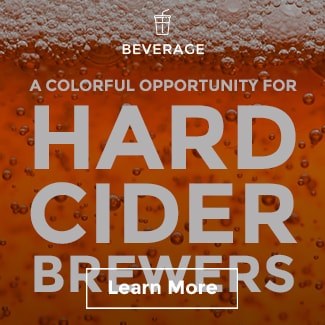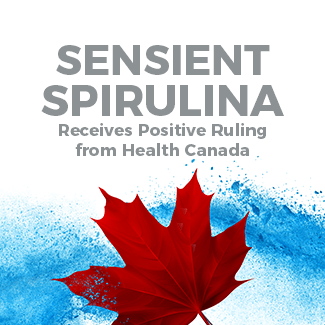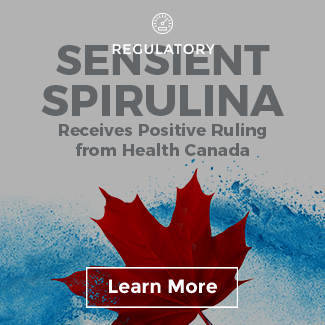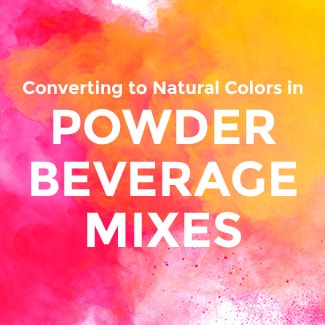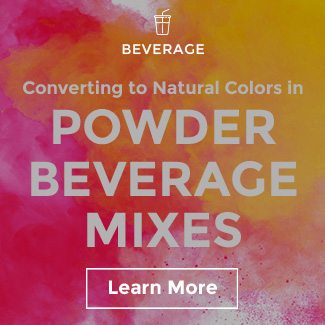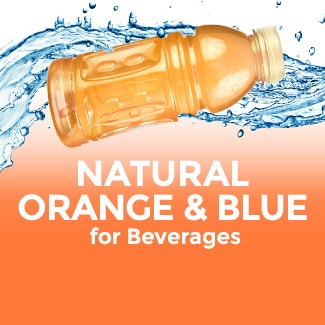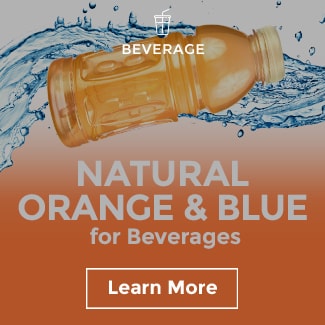Differentiate with Color in Flavored and Functional Waters
Consumers prefer colorful beverages with bold, vibrant hues corresponding to the drink’s flavor. Sensient’s consumer research found that consumers like colorful beverages better than their colorless counterparts and are more likely to purchase them. Additionally, in taste testing analysis, consumer flavor perception increased an average +15% across categories when the color of the product itself aligns with the flavor.
Optimized color in beverages increases
consumer purchase intent +6%
Sensient Consumer Research 2017


Color is also used by consumers to visually identify flavors as they browse the shelves. Think of kids demanding that parents buy “the red one” versus “the blue one”. However, just 13% of flavored waters launched in the past three years in North America contained color (Mintel 2023). Brands that choose to use color in their products stand out on the shelf and in consumers’ minds.
What Impacts Color Success in Flavored Waters?
Acidity
Many flavored waters, like most ready-to-drink beverages, have a low pH. Natural color sources like anthocyanins perform exceptionally well in acidic environments, perfect for this application.
Processing
Depending on the processing conditions of a flavored water, there may be effects to consider for color solutions. For example, high shear processing can have a negative impact on emulsions.
Packaging
For flavored waters with transparent packaging, light stability is an important feature. Color experts work closely with developers to select and stability test color solutions to stand up to harsh, constant store lighting.
Ingredients
Natural color ingredients may interact with other ingredients in a flavored water, such as flavors, juices, or acids. It is important to consider the full formula when selecting solutions to ensure compatibility.
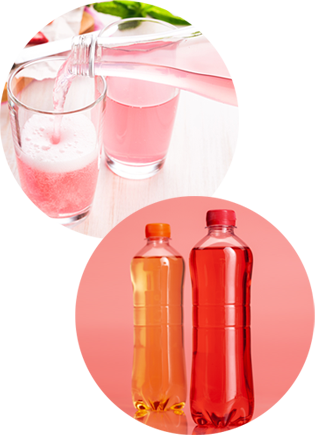
How Does Functionality
Affect Color Formulation?
Formulation in the functional water space adds additional considerations for developers. For example, added vitamins or minerals, such as Vitamin C or whey protein isolate, may impact colorant stability. Functional ingredients often require collaboration with color experts to identify and mitigate stability concerns within the formula, typically specific to each base.
Alkaline beverages are a great example of the recommended color solutions changing to match the beverage base. Because most flavored and functional waters are high acid, a red or pink shade can easily be reached using a variety of anthocyanins. An alkaline flavored water would have a higher pH, rendering most anthocyanins unstable. A color expert would instead recommend solutions that are stable at more neutral acid;ity levels, such as Watermelon-Rose, Carmine, or Red Beta Carotene.
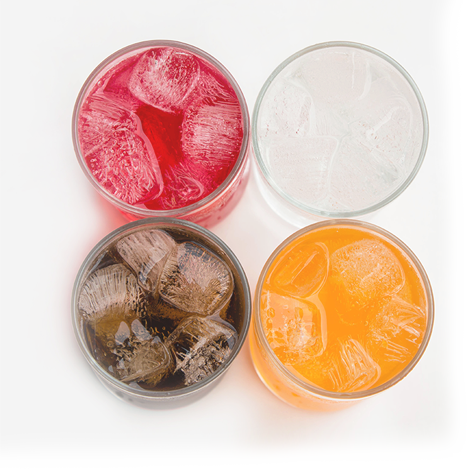
Natural Colors for Flavored
and Functional Waters
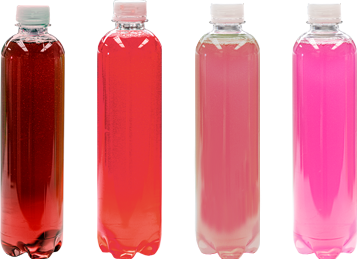
For flavors like watermelon, grapefruit, or pomegranate, a variety of red and pink hues come from anthocyanins like fruit and vegetable juices. Sensient’s Watermelon-Rose offers unique coral shades that remain stable across a wide pH range.
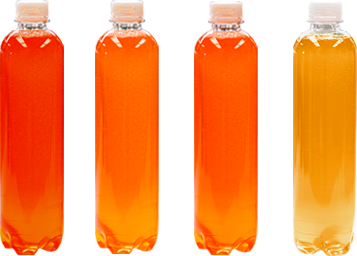
Carotenoids like beta carotenes and paprika bring flavors like tangerine, ginger, and blood orange to life. In order to stabilize these naturally oil-soluble solutions in flavored waters, Sensient’s Advanced Emulsion Technology (AET™) reduces particle size to avoid emulsion interactions or broken emulsions. Although turmeric imparts bold yellows, beta carotene is a much more light-stable solution. Trending flavors like lemonade, pear, and pineapple each benefit from a different shade of yellow.
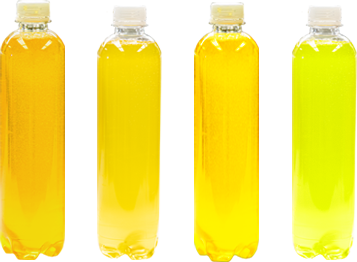
Although turmeric imparts bold yellows, beta carotene is a much more light-stable solution. Trending flavors like lemonade, pear, and pineapple each benefit from a different shade of yellow.
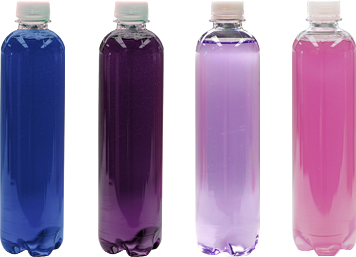
Blues are among the most difficult hues to achieve in beverages due to the lack of blues in nature. Fortunately for flavors like blackberry, blueberry, and lavender, Sensient’s FDA-approved butterfly pea flower extract offers stable blue hues at pH 4.0 and above and stunning purple hues in more acidic environments.
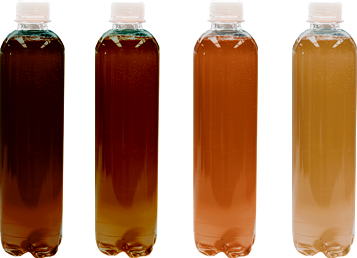
Brown hues are perfect for flavors like honey, coffee, and cinnamon. While caramel is one of the most widely used colorants for its broad stability, many brands are looking for caramel-free browns for beverages. Sensient’s Sienna™ range offers stable clean label browns from tan to chocolate shades.
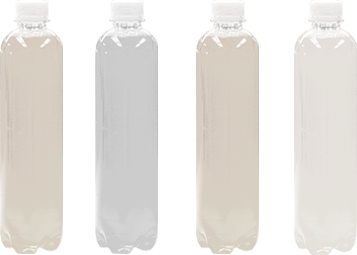
White flavored waters bring to mind flavors like coconut, white peach, or pina colada. The same solutions that create white visuals can also be used to impart cloud, which implies juice content to consumers. Sensient’s Avalanche™ Nebula offers a suspended, clouded appearance at a low usage rate in flavored and functional waters without titanium dioxide.
We love to bring beverages to
life with nature’s rainbow.
For more information on any of the above solutions or for more advice
on incorporating color into flavored waters or functional drinks,
reach out to my team and I!






